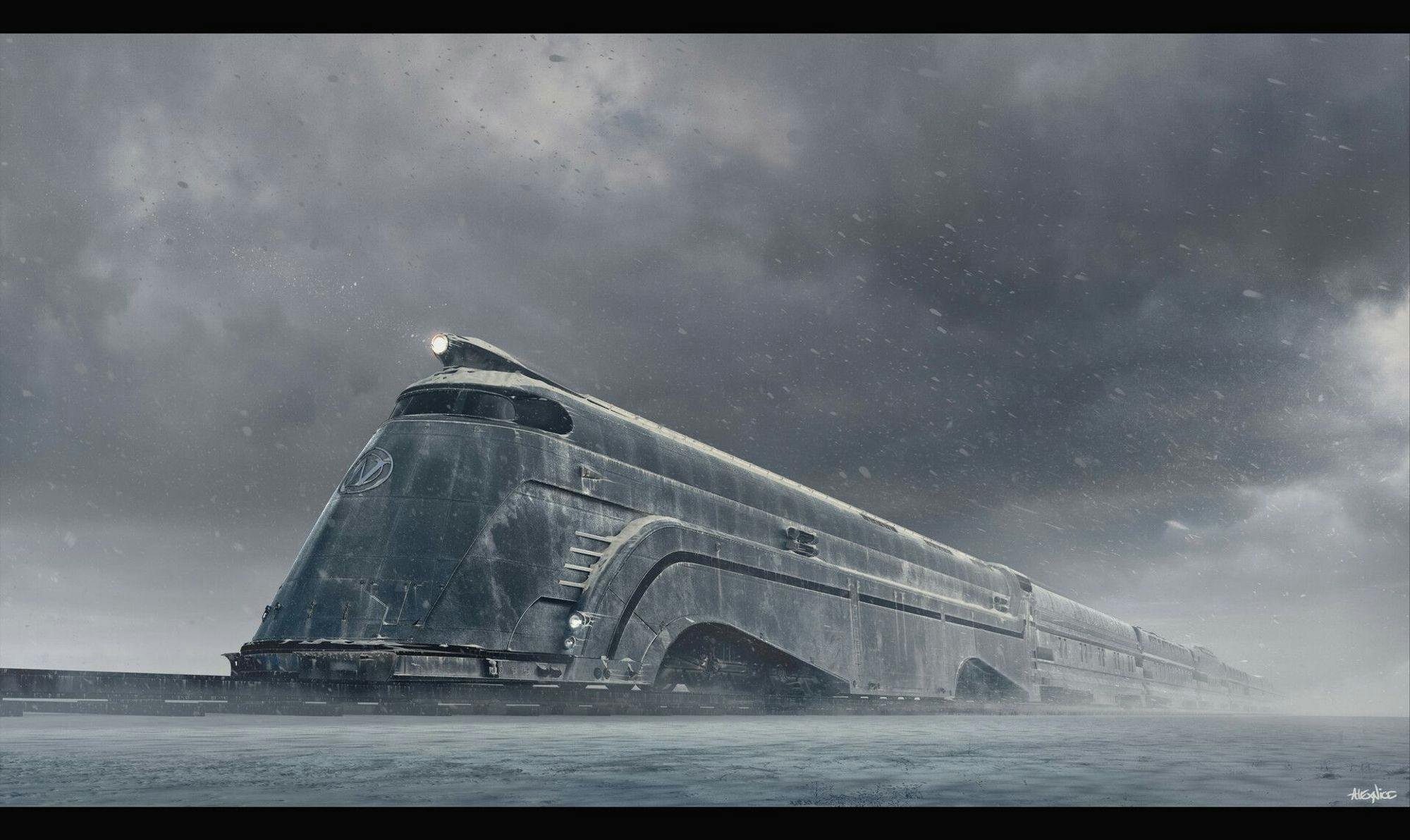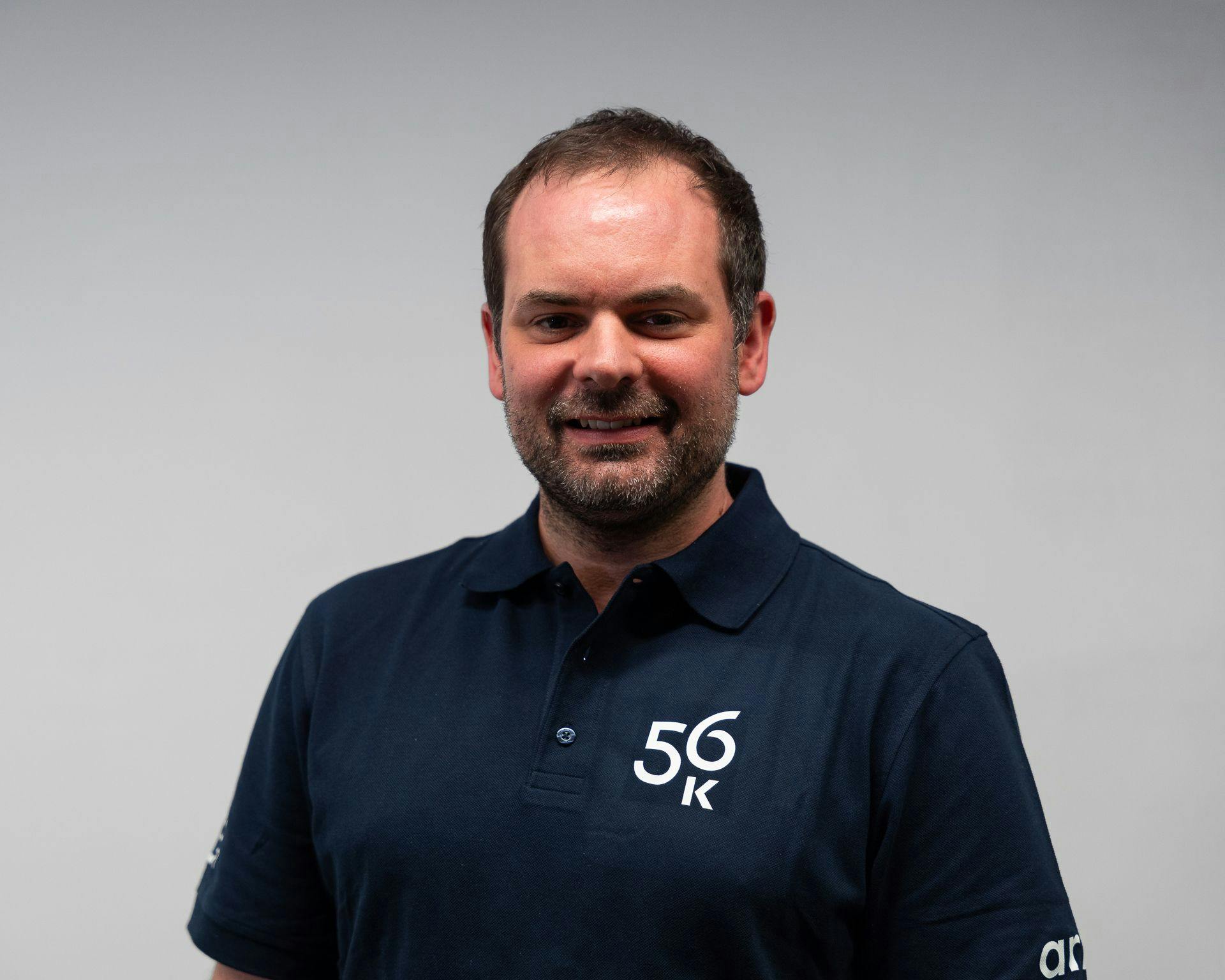

Snowpiercer - The Cloud Transformation Train
A recent TV series over on Netflix and TNT, that is hot in the media recently has a very clear underlining story of change and survival. We don't ramble too much about transformation topics as change is constant and inevitable, it's a question of who's pushing or pulling, what teams are onboard, and who's driving the engine. At 56K we are very busy being just that, "the engineers". (Don't worry.. no spoiler here)
But how is this related to Snowpiercer; the social and political story that rotates around a every moving train "ark" circling 2.7 times around the global every year is an exciting one. It speaks allot of truth in what we see today in organisations going through a journey of transformation. The visualisation of a class system represented in the arrangement of the train carriages (as seen on our website) presents the dived developed between, leadership, engineers and the maintainers. We know very well they are all needed to be onboard working towards a shared goal, a shared vision. The same message we constantly communicate with new and existing customers, is everyone needs to be onboard, going in the same direction, share the same goals, together with autonomy and respect. Only then a successful transformation project can be executed. Day 1, and yet you look for the technology that best enables you in that transformation journey.
Here I'm going to share a few observations from the recent Snowpiercer TV series and correlate them to what we see today in many of the customers that are challenged by cloud adoption at an organisational level and scale.
The train we see in Snowpericer, in it's 1001 carriages long setup. Is broken up into about 3~4 class groups, along with all the auxiliary carriages for (food, gardening, live stock, maintenance quarters and security) in addition to the services you would have on an overnight train. What differs in Snowpericer is the simple fact that it never stops, and you can't leave without getting exposed to the extreme elements of the freezing ice-age. In these scenarios we see principles of "boundaries", "confinement" and "segmentation". Limits that we all want to test and explore. So we are challenged by that and in the "Willford industries" setup, he breaks up again the major outer boundaries into class systems and a strict top-down leadership model.
Change is constant and inevitable, it's only a question of: "if your pushing or pulling"?
This top-down approach as we see in the story line as well groomed and seriously is flawed from a major perspective. In the Snowpiercer world the engineers are the leaders, they keep humanity and the operation of the train in motion, delegating various activities (some critical, some not directly critical) and responsibility is distributed across a team. Hospitality keeps the communication and social dynamics in place. This narrow, but focused approach of technical leadership and people leadership merged into one, perceived itself as a "Well-Oiled-Engine". But on the surface it looks stable, but doesn't last long. And we see that developer Snowpiercer - "1023 carriages long".
If you stand back from this, and think about the layout and order. By mapping the roles you need in your organisation that enable the business value to built, without all of these people onboard, agreed on a common direction (shared goals), there will be conflict and friction, and of the latter will slow your progress and inevitably something will break. In Snowpiercer we see this in the risk of the train losing speed and becoming dangerously close to losing its momentum and in turn losing confidence in it's leadership. It's all on a tight balance showing the delicate connections between everyone. Sanitary manage the waste that gets processed to feed the bio-sustained gardens, vegetables feeding the animals, resulting again in vegetables and meat required to sustain the passengers. It's an Noe's Ark on wheels, not waiting, but working in a balance in hope of a stable future.
There is a subtle message in all of this, that in order for society to continue, a conflict between politics and engineering, as both are needed to some point, technology takes the foot hold as ultimately the life depends on it. However, people need hope and leadership to set goals and a kinda "North Star" to be inspired and driven towards. We see beyond logic and reasons people have to believe in a faith without rational. It's a delicate balance.
Looking at the business of politics is sustained by the various support systems on board that are powered by the technology that exists to keep the train moving forward, in turn the train engineers are needed to maintain the very system they survive on. "The engine" without this engine or the (distributed systems and traction motors), sustaining the society and humanity onboard, would become unable to survive. A huge risk they all share.
The strict hierarchy system in place fails as the people transform their narrow organisation after the 5~7 years into a more agile organisation, its much the same as a digital transformation we see many companies must go through, there is the push, (the must to survive) and in turn the dependence (engineering / technology) which enables survival, but competitiveness to change is all too as important. With risk becomes reward and hope drives the lower classes to change. We see curiosity further up the 1st and 2nd classes wanting to understand the less advantage.
We see the earlier story of Snowpiercer and it's 1023 cars long structure gets uplifted and later the 10 train rogue-pirate train better known as a "Task Force" in order to force the change, force moving forward, this is a classic attempt to break away from the slow-moving incumbent mass and operator in an autonomous and agile way, with a execution speed and focus, often resulting in duplicating use of resources and avoiding immediate blockers. This is what the 10-car rouge-pirate train represented. With a calculated degree of risk and sacrifice they achieved their goal in obtaining the weather data. But once achieved, how do you spin back the benefits generated in this small "Task Force Team" for the larger organisation to consume. In most cases this won't work as the shared-experience the smaller team went through are difficult to scale back into the large organisation if they where not part of key moments in that change. This is an important point. If everyone isn't onboard the same train, agreed to go in the same direction and together. They won't share the same experiences that are required to adopt transformational change. And we get to the point where we refer to the "56K Cloud Journey" as in Snowpiercer, everyone has to be onboard.
If you haven't seen Snowpiercer, I'd recommended it, Season 3 is now planned. But season 1 and 2 are available on-demand. I would be happy to hear your feedback, and talk about 56K.Cloud - our Cloud Journey and how we represent change and native cloud transformation. We have a number of workshops and learning experiences we are happy to share. Feel free to reach out and meet the team https://events.56k.cloud/meetings/56k/team
Some Background: I've collected the links on the story, and would recommend checking out some reviews on Youtube.They will give you background into the complex dynamics of the storyline developed. Remember there is the Snowpiercer TV series and then there is the 2013 Film. Both are based on the 1982 Novel Le Transperceneige.
References: - Wiki: https://en.wikipedia.org/wiki/Snowpiercer_(TV_series)- IMDB: https://www.imdb.com/title/tt6156584/?ref_=tt_urv- Netflix listing: https://www.netflix.com/ch-en/title/80177458 - Snowpiercer filim: https://www.imdb.com/title/tt1706620/?ref_=tt_rvi_tt_i_2- 56K.Cloud - Book a call https://events.56k.cloud/meetings/56k/team - 56K.Cloud Branding and the visualisation of the train https://blog.56k.cloud/branding-a-tech-company-to-non-tech/
7th April 2021